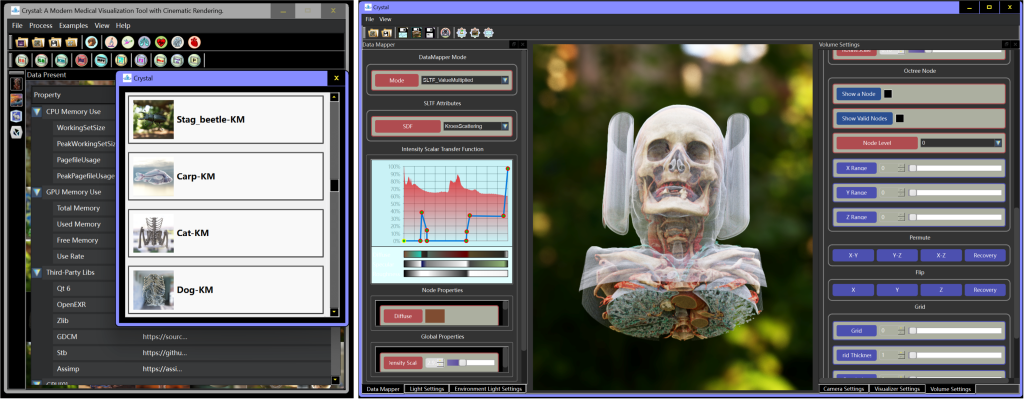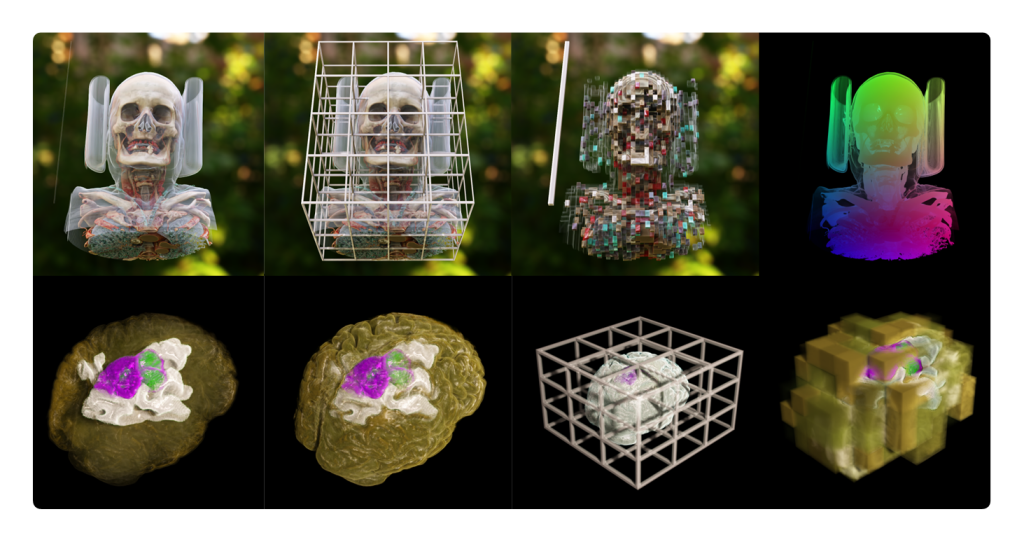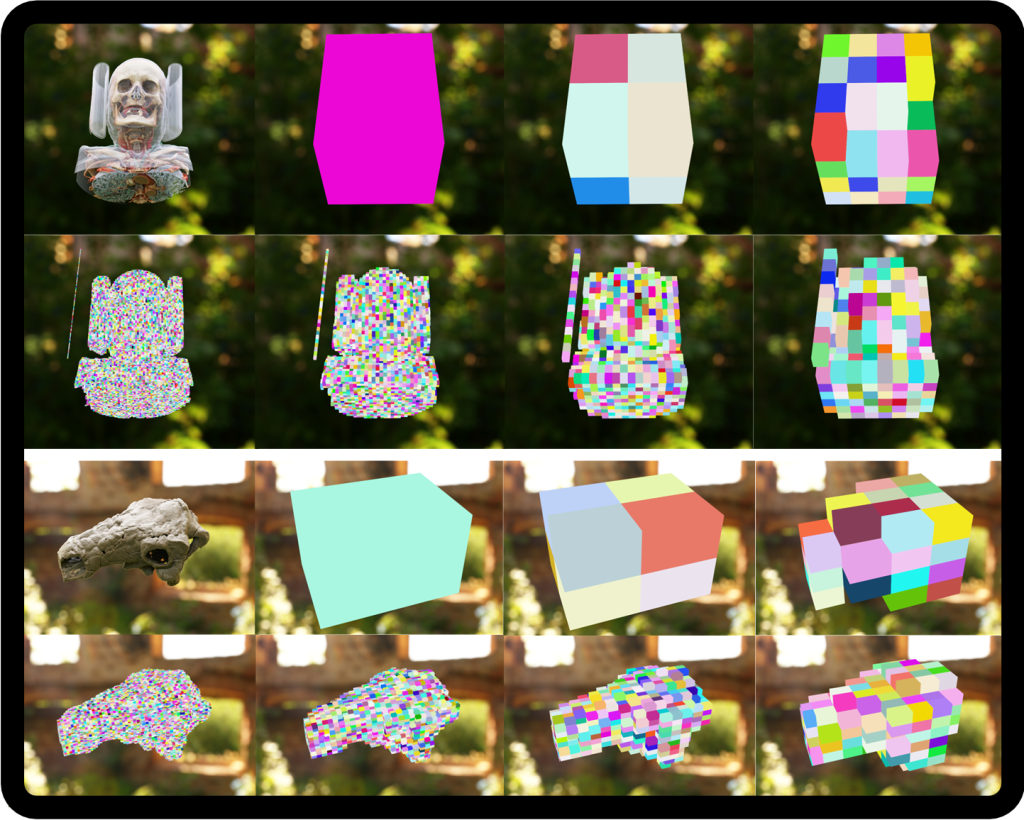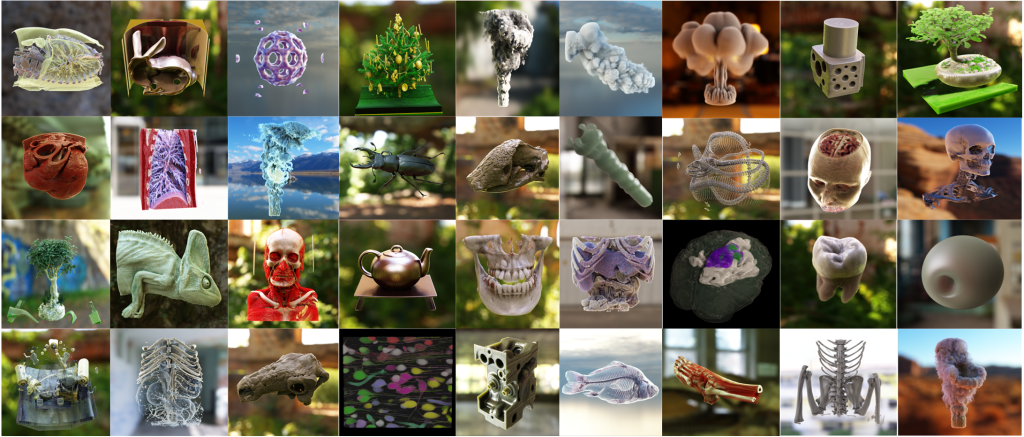pycrystal
· PyCrystal
Crystal research domain
· Realistic Rendering
· Geometric Analysis and Processing
· Medical imaging analysis
· Neural rendering and 3D reconstruction
· Ultra large scale data
· Mixed reality and surgical simulation
· Commercial game engine
· Data analysis
covered areas and characteristics
In the Crystal project, the eight specialized domains include: rendering algorithms and engines, neural rendering and 3D reconstruction, geometry processing and optimization, medical image analysis and processing, integration with commercial game engines, mixed reality and surgical simulation, data analytics and server management, and large-scale data visualization. Core areas within Crystal encompass medical image analysis and processing, rendering algorithms and engines, and geometry processing and optimization. Medical image analysis covers techniques such as denoising, information enhancement, multi-modal registration, and semantic segmentation. Geometry processing involves converting semantic segmentation results of volumetric data into mesh data and performing smoothing optimization. The rendering engine renders various data types to desktop displays. Neural rendering and 3D reconstruction include tasks like neural denoising, neural rendering, and inverse rendering, primarily serving academic research. We provide data generation and algorithmic support for such research. Commercial game engine integration focuses on cross-platform compatibility, and as mixed reality technology emerges as a future research trend, Crystal also offers corresponding support.
Software startup interface and rendering example interface
Crystal adopts a streamlined startup interface similar to Mitsuba, allowing scenes to be loaded via files through this interface. Nearly all parameters and modes can be predefined and saved in advance. Additionally, Crystal supports loading parameters via command line and initiating rendering to output images.
Multiple display effects and auxiliary functions
Crystal supports multiple visualization effects and can handle complex multidimensional transformation functions for debugging and analysis purposes.
Multi level efficient acceleration structure
Crystal supports various acceleration structures including octrees, voxel grid partitioning, KD-trees, and BVH trees to accelerate volumetric rendering, photon mapping, and surface model rendering speeds.
Various examples
Crystal provides a rich set of example scenes that users can easily access directly from the startup interface.



